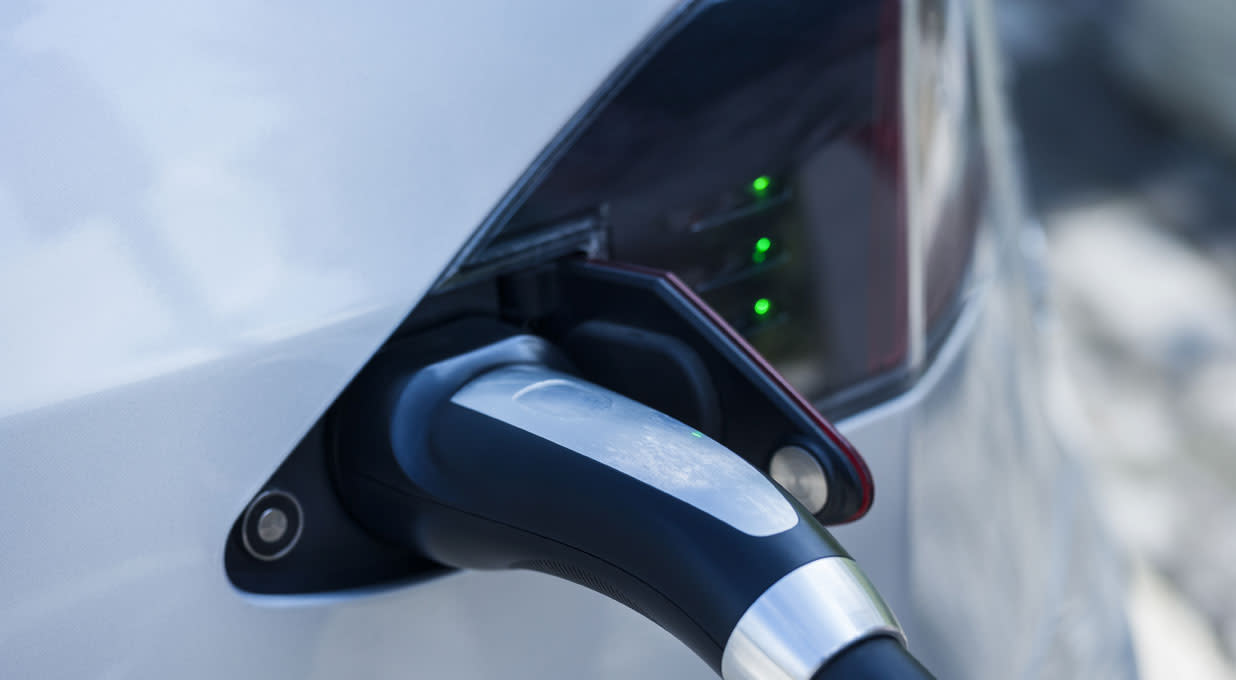Tesla reported a 2% rise in revenue to $25.2bn. Within that, the core auto business saw a 2% rise in revenue to $20.0bn, with stronger growth in Energy Storage (+52%) and Services (+29%).
Operating profit rose 54% to $2.7bn ($1.9bn expected), driven by higher revenue and a 6% drop in costs. Auto gross margin excluding credits (a key metric for the car business) was 2 percentage points above consensus, at 17.1%.
Over the quarter, Tesla produced 469,796 vehicles (+9%) and delivered 462,890 (+6%). Guidance points to a “slight” increase in deliveries by year-end.
Free cash flow rose from $0.8bn to $2.7bn, and net cash was $26.0bn at the end of June.
Plans for new vehicles, including more affordable models, remain on track to begin production in the first half of 2025.
The shares were up 12.1% in pre-market trading.
Our view
The fear heading into third quarter results was that the huge incentives effort to push volumes into the tough EV market would materially dent margins – that doesn’t look to be the case. Underlying performance looked better than it had for some time, in part due to things like regulatory credits, but also good baseline management of cash flow and costs.
These next few quarters are very much about keeping things ticking along, while the investment case lies firmly on 2025 and beyond.
It's notoriously hard to make profitable EV's, and even harder to generate free cash flow doing so. Tesla can do both, which gives it a serious edge over competition. The exception being China, where the competition is more intense.
But even in the land of the dragon, Tesla is still the name consumers opt for when it falls into their price bracket. The affordable models and refreshed version of the Model Y are critical for expanding the addressable market and driving the next wave of scale for Tesla’s auto business.
Though details remain elusive, it was good to hear that the affordable models are still on track for first production in the first half of next year. Whether this is a new car or scaled back version of a Model 3/Y remains to be seen, but we see this as a tangible driver of additional revenue in the near term.
EV demand looks like it may have settled, so cost-cutting efforts are a core part of the near-term margin recovery strategy. There have already been job cuts, and the other angle is innovation. On that front, Tesla is making progress with its in house battery programme that should help reduce production costs when ramped up.
The Robotaxi, which is was uneilved earlier in October, will likely take longer to monetise. That said, Tesla is making real progress with its self-driving product. Recent changes to the programming, a ramp-up in computing power, and a huge leap in miles driven, mean improvements are coming thick and fast.
Energy storage is another promising growth area that's already adding real value ($5.4bn in revenue over the last two quarters at 30%+ gross margins was impressive). As AI evolves, global power needs look to be heading one way, and Tesla's product is well placed to hopefully benefit.
It feels like Tesla is on the verge of turning its next chapter, and it has the balance sheet strength to pursue its considerable range of growth opportunities. But with such a lofty valuation and the unknown of what's next, investors will need patience.
Environmental, social and governance (ESG) risk
Most of the auto industry falls into the medium-risk category in terms of ESG. Product governance, particularly around safety, and carbon emissions from products and services are key risk drivers. Business ethics, labour relations and direct carbon emissions are also contributors to ESG risk.
According to Sustainalytics, Tesla's management of ESG risks is average.
It is recognised as working towards lowering carbon emissions by reducing the prevalence of traditional car engines. However, its product governance and human capital management are deemed problematic. Areas to watch include safety concerns around its autopilot technology and the management of its workforce. Governance concerns also include Elon Musk's past tweets which impacted Tesla's share price.
The author holds shares in Tesla.
Tesla key facts
All ratios are sourced from Refinitiv, based on previous day’s closing values. Please remember yields are variable and not a reliable indicator of future income. Keep in mind key figures shouldn’t be looked at on their own – it’s important to understand the big picture.
This article is not advice or a recommendation to buy, sell or hold any investment.No view is given on the present or future value or price of any investment, and investors should form their own view on any proposed investment.This article has not been prepared in accordance with legal requirements designed to promote the independence of investment research and is considered a marketing communication.Non - independent research is not subject to FCA rules prohibiting dealing ahead of research, however HL has put controls in place(including dealing restrictions, physical and information barriers) to manage potential conflicts of interest presented by such dealing.Please see our full non - independent research disclosure for more information.


